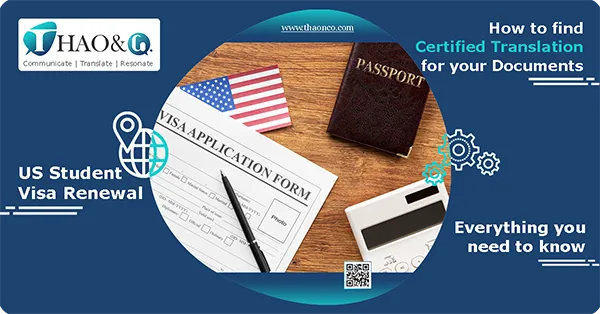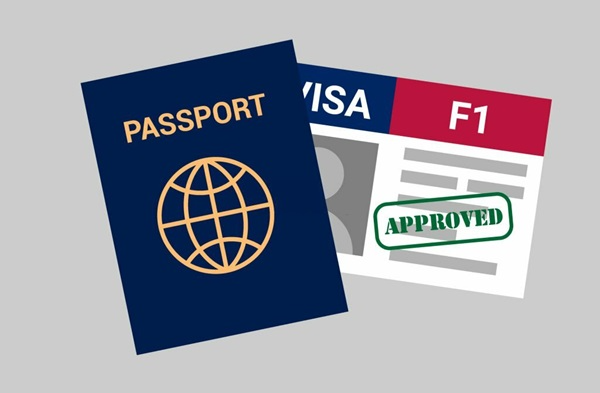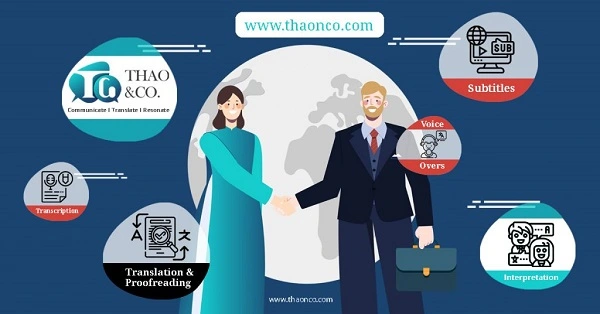In today’s globalized education landscape, the United States stands out as a top destination for ambitious students seeking high-quality academics, personal growth, and diverse career opportunities. International students should be aware of the application and extension procedures for U.S. student visas. Ready to navigate your US student visa extension with confidence? Thao & Co.’s expert advice can help you achieve your academic goals.
Issued by American authorities, US student visas grant international students legal entry to pursue academic studies in the United States. As your US student visa nears its expiration date, consider applying for an extension following established protocols. This proactive step ensures the legal continuation of your stay in the US.
US student visa types:
The duration of validity varies for each type of US student visa. Here is some information on the most common US student visa types available today.
For international students enrolling in secondary, bachelor’s, master’s, or certificate programs in the United States, an F-1 visa is required.
The expiry date of this type of visa is specified in the I-20 form. The length of an F-1 visa varies from 2 to 5 years and can be influenced by the specific study program, academic level, and individual applicant circumstances. For F-1 visas issued for one year, students must apply to extend their visa to continue their studies.
While staying in the US, F-1 visa holders can study and work on-campus within their educational institutions. The F-1 visa permits students to work a maximum of 20 hours per week during the school year, helping them strike a balance between academic studies and gaining practical work experience.
Besides, you can remain in the US for 60 days beyond your educational program’s duration. To legally remain beyond this grace period, apply for a visa extension well in advance. F-1 visa holders are also eligible for one year of optional practical training (OPT) following completion of all required coursework for graduation.

This is a common type of visa issued to individuals who engage in non-academic or vocational study. The M-1 visa is valid for one year, as specified on the I-20 form. After your M-1 visa expires, you have a 30-day post-completion grace period to finalize your studies and prepare for departure.
Unlike F-1 visa holders, M-1 visa holders are not eligible for on-campus employment during their studies.
The J-1 visa is granted to exchange students participating in cultural and educational exchange programs.
The J-1 visa lasts one year, with the possibility of a 30-day grace period for lawful stay afterward. Upon completing their exchange program, J-1 visa holders are generally required to return to their home country. The J-1 visa permits students to work up to 20 hours per week within their educational institutions.
Currently, extending a US student visa generally involves similar steps to other US visa extensions.
To continue your stay and studies in America, you must apply for an extension before your student visa expires. Overseas students can benefit from a streamlined process for extending their US student visas. Submitted documents are typically delivered directly to the Consulate General without requiring an interview, except in specific circumstances.
Additional documents may be required depending on your individual circumstances: a birth certificate, a financial statement, a reference letter from an accredited school, travel insurance, and other relevant documents. These documents typically don’t require notary translation.
1. Requesting for a recommendation letter from educational institutions: Request a recommendation letter demonstrating your intentions for the student visa extension, outline your study plan, and provide an estimated completion time for your program.
2. Filling in DS-160 form: Please access this website and fill in the required information: https://ceac.state.gov/genniv/
3. Filling in the visa extension form: Fill in your information in the US student visa extension I-20 or DS-2019.
4. Log in: Please fill in the information on the Ustraveldocs.com website for the online application. Click “Schedule Appointment” and answer questions to determine whether you qualify for the US student visa extension.
5. Make the visa extension fee payment: Visit the US Embassy or Consulate web page to complete the payment process.
6. Submitting documents: Once you have prepared all the required documents above, submit them. Make sure you have the correct address to the US Consulate General in your city or region.
7. Document processing: The post office will deliver your dossier to the Consulate General or the Embassy of the US.
8. Receive your application result: You will be granted a new visa if your application is approved. Besides, your papers and passport will also be returned.

These are FAQs you may encounter during US student visa extension process:
The processing time for an F-1 visa can vary depending on several factors, including the completeness and accuracy of your application documents as well as the workload at the specific US Consulate General you apply to. Processing a US student visa extension can take a long time. To avoid potential delays and ensure a smooth process, start the application as soon as possible.
The visa processing time typically takes around ten days, though it may extend to a few weeks during peak seasons. The processing time can increase by an estimated month in some cases if additional reviews or examinations are required. Your previous academic documents and visa application history can also impact processing time.
Visa extension fees will vary with certain types. According to the Embassy of the United States, the latest updated fee for an F-1 visa extension is 185 USD. You can pay directly at the postal office to complete the US student visa extension procedure.
SEVIS, a vital information system for the US Department of Homeland Security, tracks non-immigrant students and exchange visitors. F, M, and J visa holders must maintain accurate records in SEVIS. Additionally, you’ll need to pay the SEVIS fee separately from the visa extension fee.
International students typically can not extend their F-1 visas in the US but need to return to their home countries (preferably) for this process or apply from a third country. Several options exist for F-1 visa holders to potentially remain in the US beyond their visa expiry date. These include sponsored visas or permanent residency through marriage.
How to successfully extend your US student visa is a common question among international students. One crucial tip for crafting a strong US student visa extension application is obtaining certified translations of any critical documents not originally in English.

Don’t let language barriers hinder your visa extension! Partner with Thao & Co. for guaranteed high-quality, visa application translations. Our success hinges on the dedication and extensive expertise of our linguists. Renowned as pioneers in the Vietnamese translation industry for years, our dedication translates to your peace of mind and impeccable results.
Why choose Thao & Co.’s Certified + Notarized Translation Services for Visa Application?
Visa application stress got you down? Get your documents translated quickly and accurately with Thao & Co.’s certified translation services. Get a free quote today and see how our expert linguists can help your visa application shine!